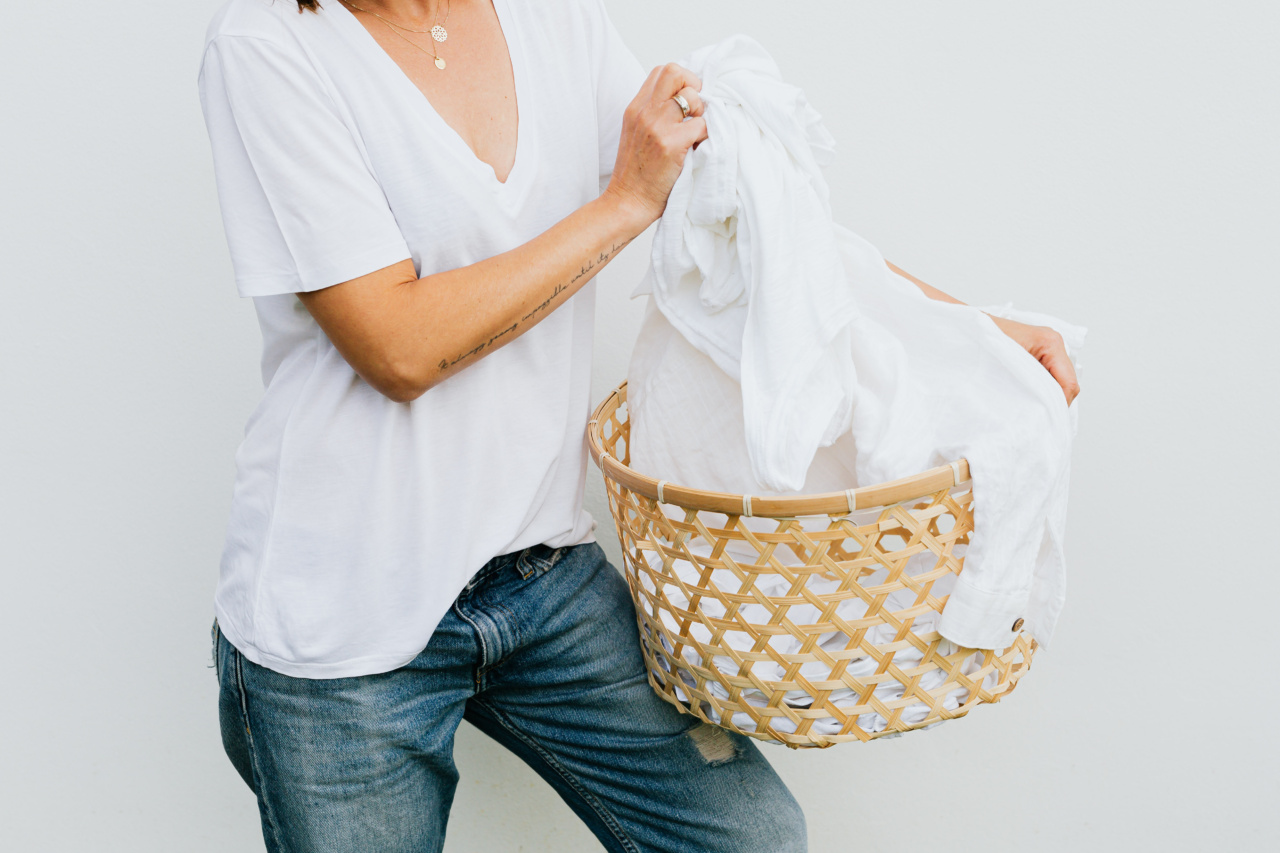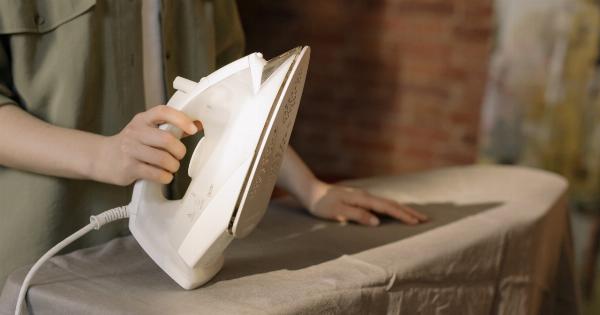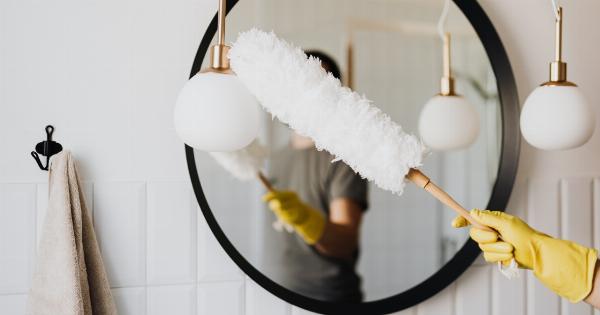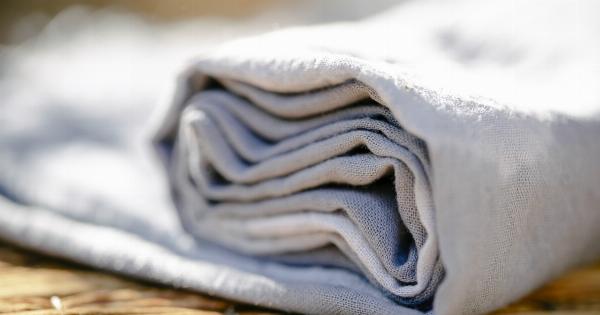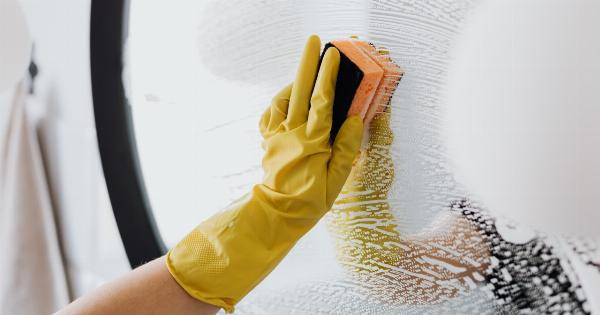Keeping your sheets and pillowcases clean is an essential part of maintaining good hygiene and ensuring a comfortable sleep environment.
Over time, dust, dirt, sweat, and dead skin cells can accumulate on these linens, leading to potential health issues and a less-than-pleasant sleeping experience. To maintain a healthy and refreshing sleep environment, it’s important to know how often to clean your sheets and pillowcases.
In this article, we will discuss the factors that determine the frequency of cleaning your bedding and provide some useful tips to ensure proper cleaning.
Factors Influencing Cleaning Frequency
The frequency at which you should clean your sheets and pillowcases can depend on various factors, including:.
Type of Usage
The frequency of cleaning your sheets may vary depending on how frequently you use them. If you sleep in your bed every night, it is recommended to wash your sheets and pillowcases once a week.
However, if you only use your bed occasionally or have multiple sets of sheets that you rotate, you can extend the cleaning interval up to every two weeks.
Seasonal Factors
During the summer months, when temperatures are higher and you may sweat more, it is advisable to clean your sheets and pillowcases more often.
Sweat can create a breeding ground for bacteria and other microorganisms, leading to unpleasant odors and potential skin issues. On the other hand, during colder months, when you may not sweat as much, you can increase the cleaning interval slightly.
Allergies and Sensitivities
If you or someone in your household suffers from allergies or sensitivities, it is crucial to clean your sheets and pillowcases frequently. Dust mites, pet dander, and other allergens can accumulate in bedding, exacerbating allergy symptoms.
Washing your sheets at least every week can help reduce allergens and create a healthier sleep environment.
Appearance and Comfort
If you like the feeling of getting into freshly washed and neatly made beds, you may prefer to clean your sheets more often. Crisp, clean sheets can provide a sense of comfort and improved sleep quality.
Regularly washing and changing your bedding can also help prevent the accumulation of bacteria and odors.
Signs It’s Time to Clean Your Sheets and Pillowcases
While the frequency of cleaning your sheets can vary based on individual preferences and factors mentioned above, there are some signs that indicate it’s time for a wash:.
Visible Stains or Spills
If you notice any visible stains or spills on your sheets or pillowcases, it’s time to give them a thorough cleaning.
Whether it’s food stains, sweat marks, or any other blemishes, removing them promptly will help maintain the cleanliness and appearance of your bedding.
Unpleasant Odors
If your sheets or pillowcases start emitting an unpleasant odor, it’s a clear indication that they need to be washed. Odors can be caused by sweat, body oils, or various other substances that accumulate on your bedding over time.
Allergic Reactions
If you or anyone in your household experiences increased allergy symptoms or skin irritations, it might be a result of allergens present in your sheets or pillowcases. Washing them frequently can help alleviate these symptoms and provide relief.
Itchy or Irritated Skin
If you find yourself waking up with itchy or irritated skin, your sheets could be the culprit. Dead skin cells, dust mites, and allergens can accumulate on your bedding, leading to skin issues.
Regularly washing your sheets and pillowcases can help prevent these problems.
Tips for Proper Cleaning
To ensure your sheets and pillowcases are cleaned effectively, follow these tips:.
Check the Care Labels
Before tossing your sheets into the washing machine, always check the care labels. Follow the specific instructions provided by the manufacturer regarding washing temperature, drying method, and any other recommended precautions.
Separate Colors
To prevent color bleeding and ensure your sheets maintain their original appearance, separate dark-colored sheets from light-colored ones. Washing similar colors together can help maintain the vibrancy of your bedding.
Use Appropriate Detergent
Choose a mild detergent specifically formulated for washing bedding. Harsh detergents can damage the fabric and cause skin irritations. Avoid using bleach unless the care labels specifically state that it is safe to do so.
Wash in Hot Water
To effectively remove dirt, sweat, and bacteria, wash your sheets and pillowcases in hot water. Hot water helps kill microorganisms and ensures a thorough clean. However, always refer to the care labels to determine the appropriate water temperature.
Don’t Overload the Washing Machine
While it may be tempting to toss all your bedding into the washing machine at once, overcrowding can prevent proper cleaning. Make sure there is enough space for the water and detergent to circulate freely, allowing for a thorough wash.
Dry Properly
Avoid overdrying your sheets and pillowcases, as this can lead to unnecessary wrinkles and damage the fabric.
Follow the care label instructions regarding the appropriate drying method – whether it’s air drying, using a dryer, or a combination of both. If using a dryer, select a low or medium heat setting.
Change Pillowcases Regularly
While changing your sheets at least once a week is recommended, pillowcases require more frequent changing. Your face and hair come into direct contact with pillowcases, and they can accumulate oils, sweat, and leftover skincare products.
Changing pillowcases two to three times a week can help maintain a cleaner sleeping surface.
Conclusion
Regularly cleaning your sheets and pillowcases is crucial for maintaining good hygiene, preventing allergens, and ensuring a comfortable sleep environment.
The frequency of cleaning may vary depending on factors such as usage, seasons, allergies, and personal preferences. Pay attention to the signs indicating it’s time to clean your bedding, and follow proper cleaning tips to extend the lifespan of your sheets. By practicing good bed linen hygiene, you can enjoy a refreshing and healthy sleep every night.
